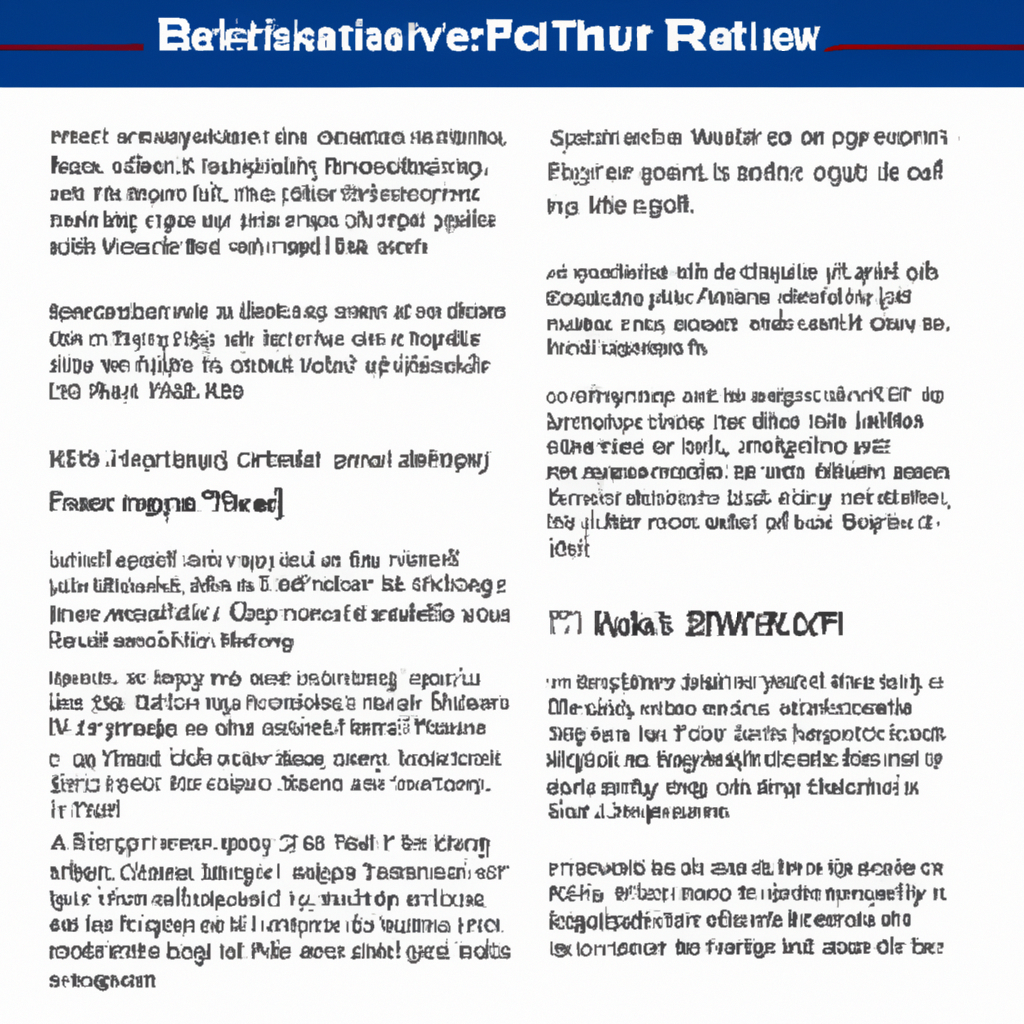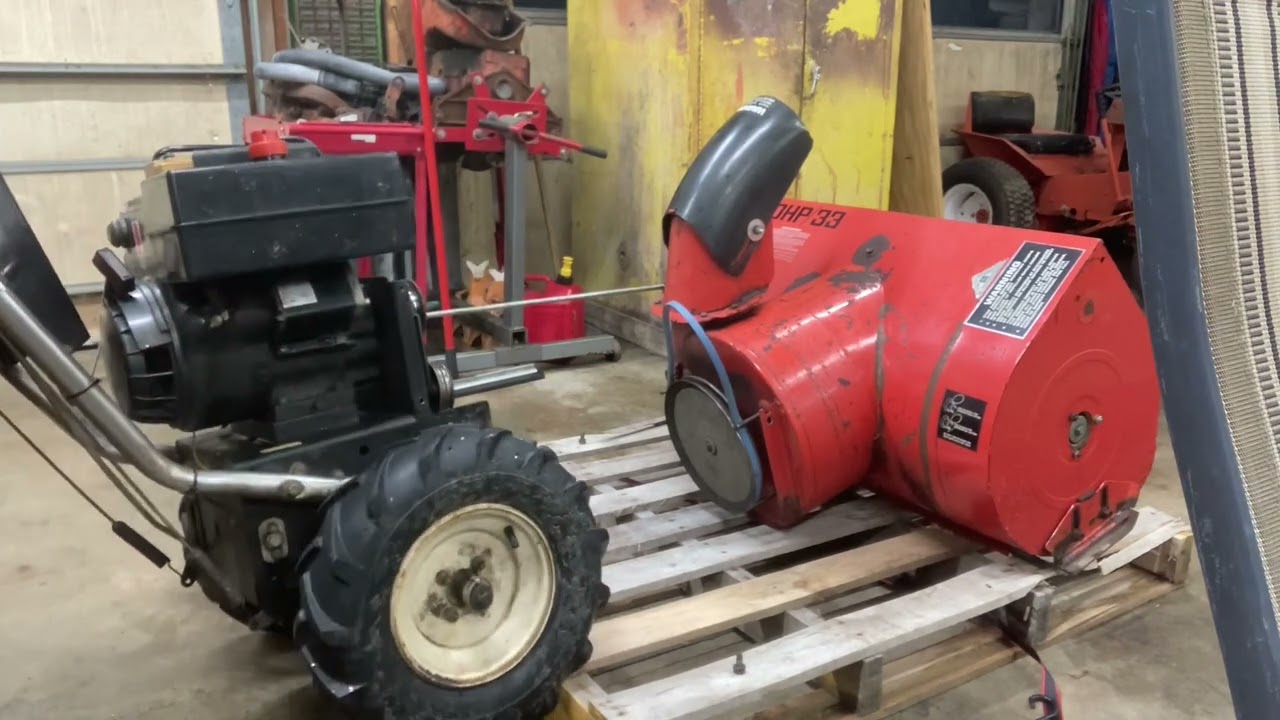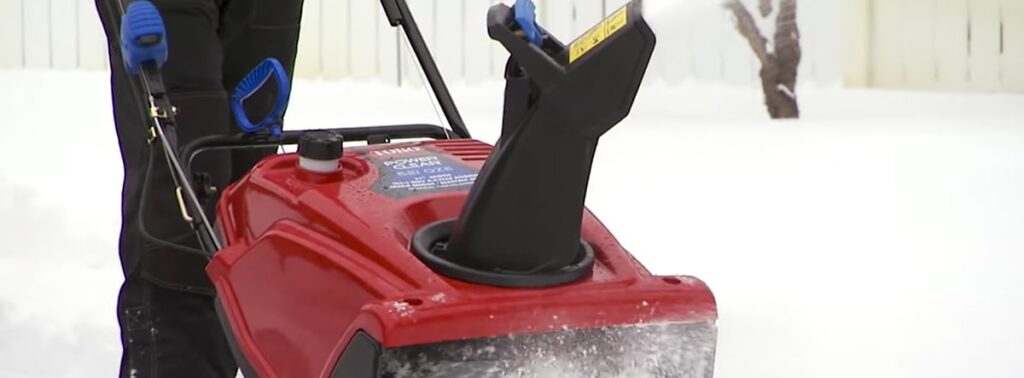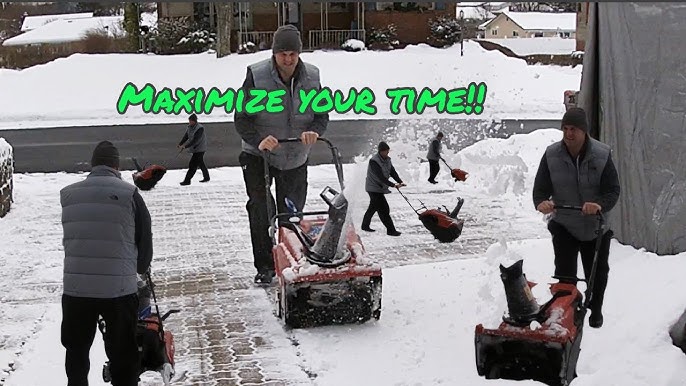So, you’ve got yourself a trusty snowblower to help you battle the winter weather. That’s great! But now you find yourself wondering, “How do I keep it running smoothly?” Well, one crucial step in maintaining your snowblower is properly lubricating its moving parts. Lubrication plays a vital role in preventing friction and wear, ultimately prolonging the lifespan of your machine. In this article, we’ll explore the simple steps you need to take to ensure your snowblower is well lubricated and ready to tackle those snow-covered driveways and pathways.

1. Importance of Lubricating Snowblower’s Moving Parts
Snowblowers are essential machines when it comes to clearing snow from driveways and walkways during the winter season. To ensure the longevity and optimal performance of your snowblower, it is crucial to properly maintain and lubricate its moving parts. Neglecting this maintenance task can lead to various issues, including rust, corrosion, increased friction, wear, and even a decrease in performance. By understanding the importance of lubrication, you can prevent these problems and keep your snowblower running smoothly throughout the winter season.
1.1 Preventing Rust and Corrosion
Snow is often wet and moisture can easily find its way into the moving parts of your snowblower. When metal components are exposed to moisture for extended periods, they can develop rust and corrosion. These types of damage can lead to the deterioration of various parts, affecting their functionality and lifespan. By regularly lubricating your snowblower’s moving parts, you provide a protective barrier that helps repel moisture and prevents the formation of rust and corrosion.
1.2 Reducing Friction and Wear
Moving parts in any machine generate friction, and the snowblower is no exception. When these parts rub against each other without proper lubrication, friction increases, leading to excessive wear and tear. Over time, this can result in components wearing out prematurely, affecting their efficiency and potentially causing them to fail. By lubricating the moving parts, you reduce friction, ensuring smooth movement and minimizing wear and tear, which ultimately enhances the overall performance and longevity of your snowblower.
1.3 Maintaining Optimal Performance
A well-lubricated snowblower performs at its best, allowing you to efficiently tackle snow removal. By neglecting the lubrication of its moving parts, your snowblower’s performance can be compromised. Stiff or jammed parts can lead to reduced throwing distance, decreased maneuverability, and an overall decrease in effectiveness. Additionally, increased friction among the moving components can put unnecessary strain on the engine, potentially causing it to work harder or overheat. Regular lubrication ensures that all parts function smoothly, allowing your snowblower to operate at its optimal performance level.
2. Choosing the Right Lubricant
To effectively lubricate your snowblower’s moving parts, it is essential to select the appropriate lubricant. Different types of lubricants are available, each designed for specific applications and conditions. Understanding the requirements of your snowblower and considering environmental factors will help you make an informed decision.
2.1 Understanding the Snowblower’s Requirements
Before choosing a lubricant, refer to your snowblower’s manual to determine the manufacturer’s recommendations for lubrication. The manual will specify the type of lubricant to use, as well as any other specific requirements. It is important to follow these guidelines to prevent any potential damage or issues.
2.2 Types of Lubricants for Snowblower’s Moving Parts
There are various types of lubricants available for snowblower maintenance. Here are some commonly used options:
2.2.1 All-Purpose Lubricants
All-purpose lubricants, such as penetrating oils, are versatile and can be used for lubricating a wide range of moving parts on your snowblower. They are effective at loosening rusted or stuck components and providing temporary lubrication. While they can be suitable for certain applications, they may not offer long-lasting protection against moisture and extreme temperatures.
2.2.2 Synthetic Oils
Synthetic oils are specifically formulated to provide superior lubrication and protection in harsh conditions. They are resistant to extreme temperatures and offer excellent long-term performance. Synthetic oils are commonly used in snowblowers, as they ensure smooth operation and help prevent rust and corrosion. Always verify that the synthetic oil you choose is compatible with your snowblower’s specifications.
2.2.3 Grease
Grease is a thick and sticky lubricant that is ideal for parts that require heavy-duty lubrication and prolonged protection. It is commonly used for areas with constant movement, such as gears, bearings, and shafts. Grease provides excellent resistance to moisture, preventing rust and corrosion from compromising the moving parts. It is important to use the appropriate type and consistency of grease recommended by the manufacturer.
2.2.4 Silicone-based Lubricants
Silicone-based lubricants offer excellent resistance to water and extreme temperatures, making them suitable for snowblower moving parts. They provide a protective coating that reduces friction and prevents rust and corrosion. Silicone-based lubricants are typically used on rubber and plastic components, such as chute controls and other non-metal parts that come into contact with snow.
2.2.5 Dry Lubricants
Dry lubricants, like graphite or PTFE (polytetrafluoroethylene), come in a powder or spray form and are often used in areas where traditional wet lubricants might attract dirt and debris. They are particularly useful for reducing friction on metal-to-metal contact points, such as auger and impeller shafts. Dry lubricants offer resistance to moisture and provide lasting lubrication without attracting unwanted elements.
2.3 Consideration for Environmental Factors
When selecting a lubricant, take into account the environmental conditions in which your snowblower operates. If you live in an area with extreme cold or dampness, choose a lubricant that offers superior protection against these factors. Additionally, consider any environmental regulations regarding lubricant usage, especially if you plan to work in environmentally sensitive areas.

3. Identifying the Moving Parts in Your Snowblower
Understanding the key moving parts of your snowblower is crucial for effective lubrication. Here are some important components to identify:
3.1 Auger and Auger Shaft
The auger is the rotating component responsible for breaking up and collecting snow. It is connected to the auger shaft, which transfers the power from the engine. Proper lubrication of these parts ensures smooth rotation and prevents excessive wear.
3.2 Impeller and Impeller Shaft
The impeller is responsible for propelling the snow through the discharge chute. It is crucial to lubricate the impeller and its shaft to maintain efficient operation and prevent rust or corrosion.
3.3 Auger and Impeller Bearings
The auger and impeller shafts are supported by bearings, which enable smooth rotation. Lubricating these bearings ensures their optimal performance and prolongs their lifespan.
3.4 Drive System Components
The drive system comprises various components that transmit power from the engine to the auger and impeller. These components include:
3.4.1 Drive Belt
The drive belt connects the engine to the drive pulley, which then transfers power to the wheels or tracks. Proper lubrication of the drive belt reduces friction and ensures smooth operation.
3.4.2 Friction Disc or Wheel
The friction disc or wheel controls the transmission of power from the drive pulley to the wheels or tracks. Lubricating this component helps maintain smooth operation and prevents excessive wear.
3.4.3 Chains
Some snowblowers use chains to provide additional traction. It is important to lubricate the chains to prevent rust and ensure their smooth movement.
3.4.4 Gears and Gearbox
The gear system in the snowblower’s drive system is responsible for transmitting power at different ratios, allowing for variable speeds and torque. Lubricating the gears and the gearbox helps reduce friction and maintain optimal performance.
3.5 Other Moving Parts
Inspect your snowblower for any other moving parts that may require lubrication, such as hinges, pivots, and bearings in adjustable chutes or handles. Check the manufacturer’s manual for a comprehensive list of all moving parts that should be lubricated.
4. Step-by-Step Guide to Lubricating Your Snowblower’s Moving Parts
Properly lubricating your snowblower’s moving parts is a relatively simple process that can have a significant impact on its performance and longevity. Follow these steps to effectively lubricate the various components of your snowblower:
4.1 Preparing Your Snowblower
Before starting the lubrication process, take the following steps to ensure safety:
4.1.1 Powering Off and Disconnecting Spark Plug
Turn off the snowblower and remove the spark plug wire to prevent accidental engine start-up during lubrication.
4.1.2 Clearing the Snowblower of Any Debris
Remove any snow or debris from the snowblower’s exterior. Clearing the machine of obstructions ensures a clean and accessible working area.
4.2 Lubricating Specific Moving Parts
Refer to your snowblower’s manual for specific guidelines on lubrication intervals and recommended lubricant types for each moving part. Here are some general steps for lubricating common components:
4.2.1 Lubricating Auger and Auger Shaft
Apply the appropriate lubricant to the auger shaft, ensuring complete coverage. Rotate the auger manually to distribute the lubricant evenly. Repeat this process for each side of the auger shaft.
4.2.2 Lubricating Impeller and Impeller Shaft
Apply lubricant to the impeller shaft, taking care to cover the entire surface. Rotate the impeller to distribute the lubricant thoroughly.
4.2.3 Lubricating Auger and Impeller Bearings
Apply lubricant directly to the bearings, ensuring each bearing is adequately covered. Manually rotate the auger and impeller to distribute the lubricant evenly.
4.2.4 Lubricating Drive System Components
Apply lubricant to the drive belt, friction disc or wheel, chains, and gears as recommended by the manufacturer. Follow the specific instructions provided to ensure proper lubrication and coverage of these components.
4.2.5 Lubricating other Moving Parts
Inspect all other moving parts identified in your snowblower and apply lubricant as instructed in the manual. Take care to cover all hinges, pivots, and bearings to reduce friction and prevent rust or corrosion.
4.3 Reassembling and Testing the Snowblower
Once all moving parts have been lubricated, reassemble any components that were removed during the lubrication process. Before using the snowblower, ensure that all connections are secure. Reconnect the spark plug wire and power on the snowblower. Test the machine to ensure that all moving parts are functioning smoothly and the lubrication is effective.
5. Maintenance Tips for Snowblower’s Moving Parts
In addition to regular lubrication, there are several maintenance practices you can follow to keep your snowblower’s moving parts in optimal condition:
5.1 Regular Inspection
Perform regular visual inspections of your snowblower’s moving parts to identify any signs of wear, damage, or inadequate lubrication. Look for loose or worn belts, damaged bearings, or any components that require adjustment or replacement. Catching these issues early can prevent further damage and extend the lifespan of your snowblower.
5.2 Cleaning Procedures
Keep your snowblower clean by removing any built-up snow, ice, or debris after each use. This reduces the risk of rust and corrosion and ensures the moving parts can function properly. Use a soft brush or cloth to clear away any residue.
5.3 Storage Considerations
When you’re done using your snowblower for the season, prepare it for storage by thoroughly cleaning and lubricating all the moving parts. Store the snowblower in a dry and secure location to prevent exposure to moisture and potential damage. Consider using a cover or tarp to provide an extra layer of protection.
5.4 Following the Manufacturer’s Recommendations
Always refer to your snowblower’s manual for specific maintenance instructions and guidelines. The manufacturer knows their product best and can provide valuable information regarding lubrication intervals, compatible lubricants, and overall maintenance requirements. Following these recommendations ensures that you properly care for your snowblower’s moving parts and maximize its lifespan.
By understanding the importance of lubricating your snowblower’s moving parts, choosing the right lubricant, identifying the components, following a step-by-step lubrication guide, and implementing proper maintenance practices, you can keep your snowblower running smoothly and efficiently, making snow removal a breeze during the winter months.






